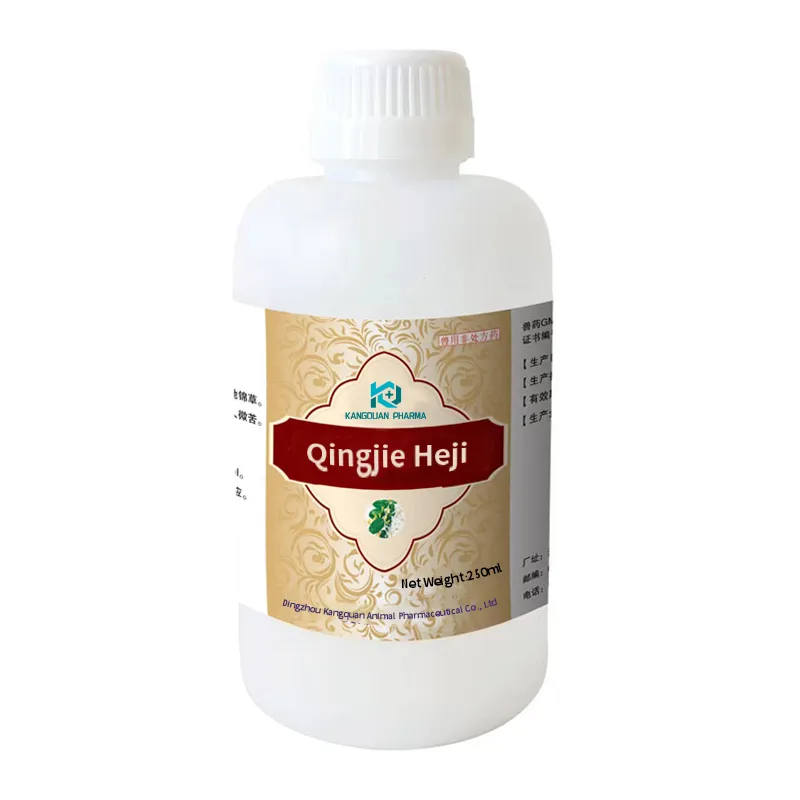- Afrikaans
- Albanian
- Amharic
- Arabic
- Armenian
- Azerbaijani
- Basque
- Belarusian
- Bengali
- Bosnian
- Bulgarian
- Catalan
- Cebuano
- Corsican
- Croatian
- Czech
- Danish
- Dutch
- English
- Esperanto
- Estonian
- Finnish
- French
- Frisian
- Galician
- Georgian
- German
- Greek
- Gujarati
- Haitian Creole
- hausa
- hawaiian
- Hebrew
- Hindi
- Miao
- Hungarian
- Icelandic
- igbo
- Indonesian
- irish
- Italian
- Japanese
- Javanese
- Kannada
- kazakh
- Khmer
- Rwandese
- Korean
- Kurdish
- Kyrgyz
- Lao
- Latin
- Latvian
- Lithuanian
- Luxembourgish
- Macedonian
- Malgashi
- Malay
- Malayalam
- Maltese
- Maori
- Marathi
- Mongolian
- Myanmar
- Nepali
- Norwegian
- Norwegian
- Occitan
- Pashto
- Persian
- Polish
- Portuguese
- Punjabi
- Romanian
- Russian
- Samoan
- Scottish Gaelic
- Serbian
- Sesotho
- Shona
- Sindhi
- Sinhala
- Slovak
- Slovenian
- Somali
- Spanish
- Sundanese
- Swahili
- Swedish
- Tagalog
- Tajik
- Tamil
- Tatar
- Telugu
- Thai
- Turkish
- Turkmen
- Ukrainian
- Urdu
- Uighur
- Uzbek
- Vietnamese
- Welsh
- Bantu
- Yiddish
- Yoruba
- Zulu
7 月 . 25, 2024 11:34 Back to list
Effective Use of Tylosin Injection to Treat Common Health Issues in Goats
Tylosin Injection for Goats An Overview
Tylosin is a macrolide antibiotic commonly used in veterinary medicine, particularly in livestock and companion animals. In goats, tylosin injection serves as an important therapeutic tool for managing various bacterial infections and improving overall health. This article explores the indications, benefits, dosage, and safety considerations of tylosin when administered to goats.
Indications for Use
Tylosin is effective against a variety of gram-positive bacteria and some gram-negative organisms. It is primarily used to treat respiratory infections, such as pneumonia, and gastrointestinal infections, including enterotoxemia and goat polio. Additionally, tylosin plays a role in the management of foot rot and other skin infections, which can significantly impact the well-being of goats. By inhibiting bacterial protein synthesis, tylosin effectively reduces the bacterial load, helping the goat recover from these infections.
Benefits of Tylosin Injection
One of the primary advantages of tylosin is its rapid absorption and lower potential for resistance compared to other antibiotics. This quality is particularly beneficial in managing acute infections where swift intervention is crucial. The injectable form of tylosin allows for direct administration, ensuring proper dosage and maximizing the therapeutic effects.
Furthermore, tylosin has anti-inflammatory properties, which can be advantageous when dealing with pain and swelling associated with infections. By alleviating symptoms and addressing the root cause of the illness, tylosin aids in restoring the goat's health more quickly, reducing the overall duration of their suffering.
Dosage and Administration
tylosin injection for goat

The appropriate dosage of tylosin can vary based on factors such as the goat's weight, age, and the specific condition being treated. Veterinarians typically recommend a dosage of 10-20 mg/kg body weight, administered via subcutaneous or intramuscular injection. It is crucial to adhere strictly to the recommended dosage to avoid potential side effects and ensure the drug's efficacy.
The administration route is also important, as subcutaneous injections tend to be more comfortable for the animal and allow for effective absorption. Proper injection techniques should be followed, including site rotation and maintaining hygiene to prevent infection at the injection site.
Safety Considerations
While tylosin is generally considered safe for use in goats, there are some precautions and potential side effects to be aware of. Overuse or inappropriate dosing can lead to adverse reactions, including gastrointestinal disturbances, such as diarrhea or vomiting. It is essential for goat owners and caretakers to monitor their animals closely following administration.
Moreover, tylosin is known to have a withdrawal period before the goat's milk or meat can be safely consumed. This period can vary, so it’s important to consult with a veterinarian regarding these guidelines to ensure compliance with food safety regulations.
Conclusion
Tylosin injection can be a valuable asset in the management of infectious diseases in goats. Its efficacy against a range of bacterial infections, combined with its anti-inflammatory properties, makes it an important tool in veterinary medicine. However, appropriate usage, including adherence to dosage recommendations and awareness of withdrawal times, is critical to ensure the safety and health of both the goats and consumers of goat-related products. As always, consulting with a qualified veterinarian is essential when deciding on treatment options for livestock health concerns.
-
The Power of Radix Isatidis Extract for Your Health and Wellness
NewsOct.29,2024
-
Neomycin Sulfate Soluble Powder: A Versatile Solution for Pet Health
NewsOct.29,2024
-
Lincomycin Hydrochloride Soluble Powder – The Essential Solution
NewsOct.29,2024
-
Garamycin Gentamicin Sulfate for Effective Infection Control
NewsOct.29,2024
-
Doxycycline Hyclate Soluble Powder: Your Antibiotic Needs
NewsOct.29,2024
-
Tilmicosin Premix: The Ultimate Solution for Poultry Health
NewsOct.29,2024













